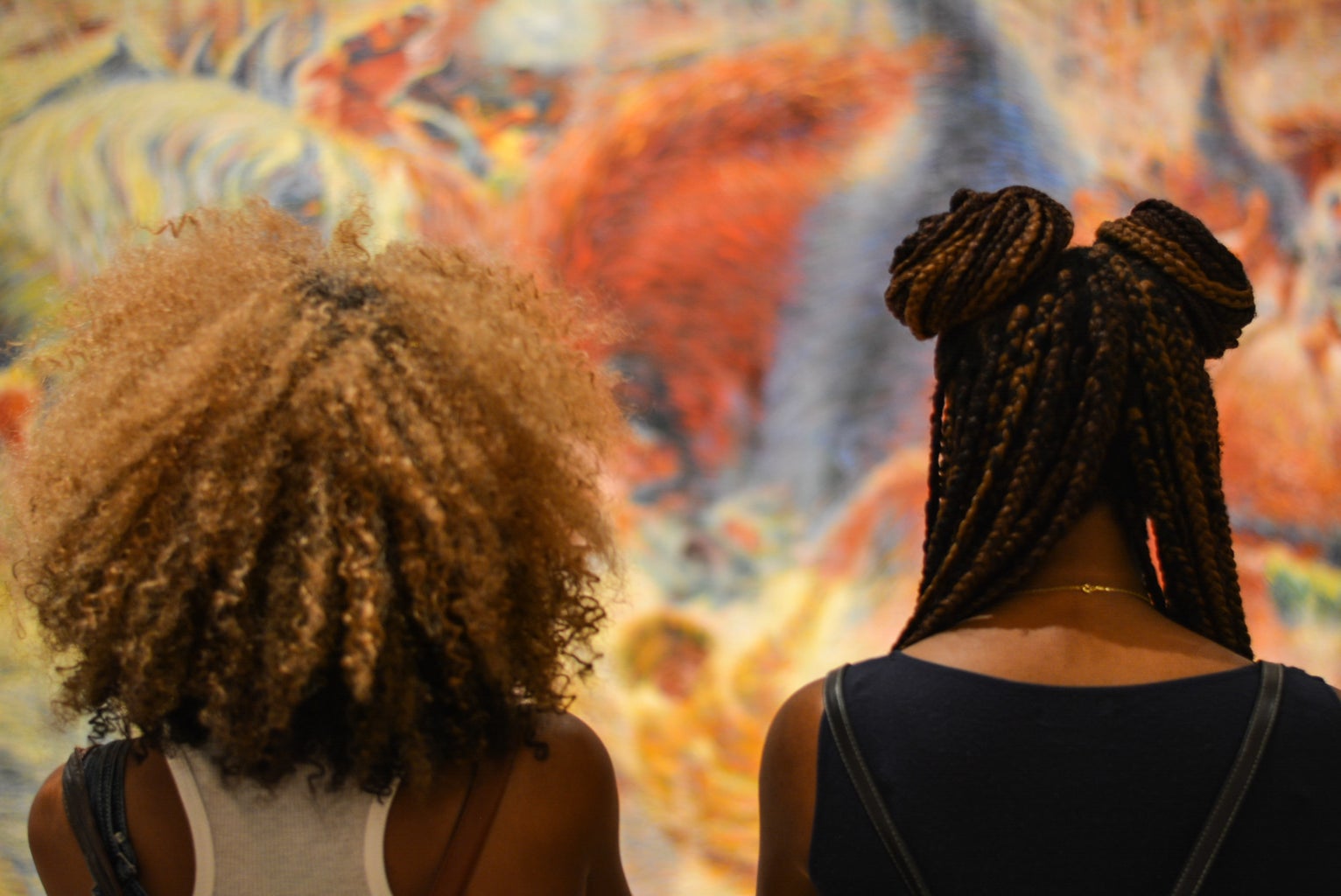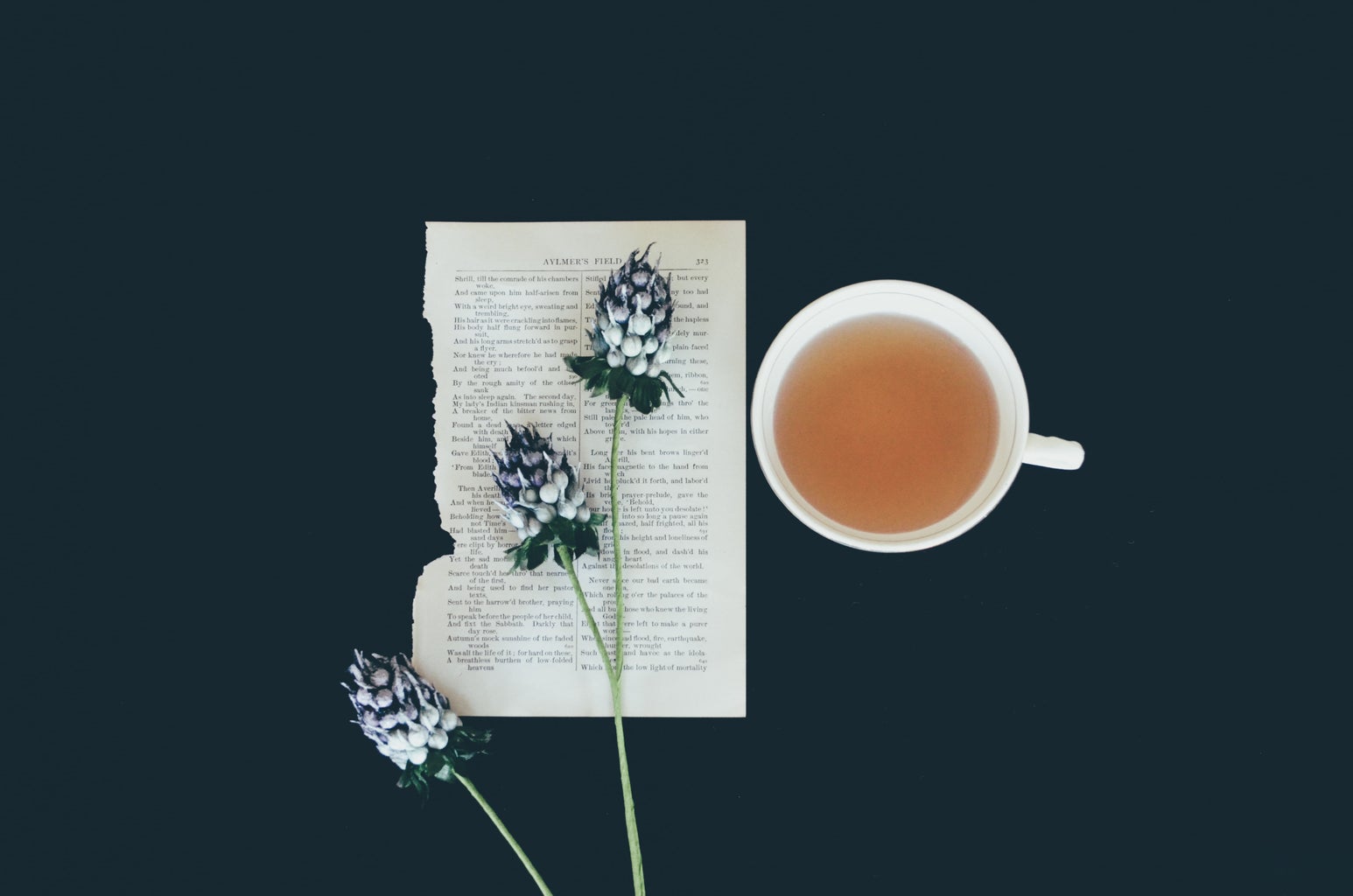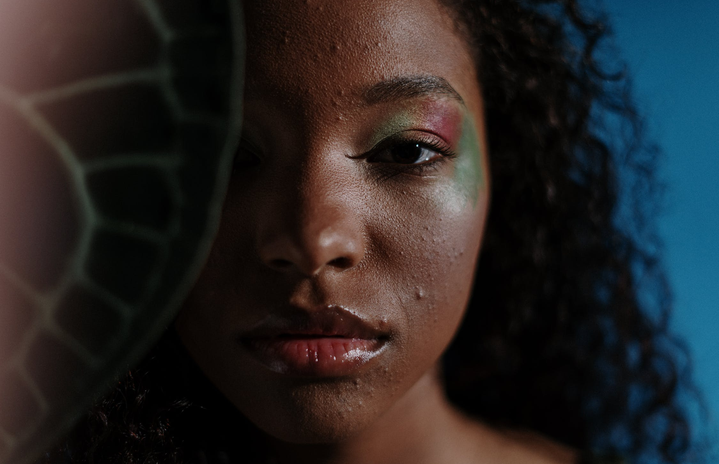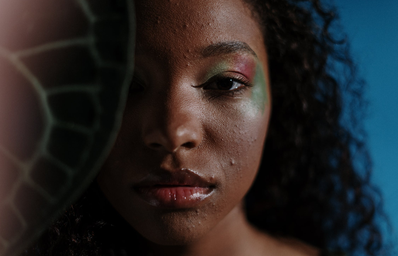It has been almost one year since I came across the Curly Girl Method on YouTube at the beginning of the pandemic when life was all about taking this opportunity of staying at home to improve yourself.
I was researching different ways to get my hair to be curly again and fell down the rabbit hole of hair care on YouTube. The Curly Girl Method has become wildly popular because of TikTok this past year. Throughout this journey that is CGM, there is a pattern that no one seems to be mentioning.
The curly girl method is characterized online as being this newfound system to curly hair care, with products selling out this past year after being featured in viral TikToks, but no one is recognizing that these products and techniques are not new, they have been part of Black hair care routines for decades.

Firstly, in May and June when social media first really started to educate me on racism and cultural appropriation, I saw many posts and read many articles about aspects of black culture that have been white-washed and re-invented as fashion trends. Wearing silk scarves as headbands and protection for curls is a prime example of this. One of the first recommendations from the curly girl method is to purchase a silk scarf or bonnet or a silk/satin pillowcase to protect your curls while you’re sleeping. Silk scarves are becoming an increasingly chic & trendy thing to style, but in reality, they have been used as protective hair styling tools for decades, used to reduce friction and frizz in very curly hair. As fantastic as it is to discover this form of protection for all hair, in buying silk scarves or silk pillowcases to sleep on, we have to recognize that these practices originated from black culture to reduce frizz and protect hair from the friction of a cotton pillowcase, or environmental factors that might affect their curly hair.
Additionally, when I first started learning new things from the Curly Girl Method, a brand that was highly recommended was Shea Moisture. This brand was completely new to me, and since it’s a drug store brand and I hadn’t heard of it before, I figured that it was new. Not only was it highly recommended, but the whole hair care brand was also even sold out in drug stores everywhere during May and June because the Curly Girl Method was such a popular trend at the time. Because it was so highly sought after, one day I looked up the brand online to see if it was available to order. In this search, I quickly learned that not only is this brand not new, it is also a black-owned, black-created brand, and I was genuinely so surprised to learn that. I was surprised because every TikTok, Instagram video and article featuring Shea Moisture pictured white women. Not only is the brand black-owned, but it also features a unique backstory about its creation; Shea Moisture was originally created by an African woman named Sofi Tucker in 1912, in Sierra Leone. I remember thinking that it was so strange that this backstory was not being promoted and celebrated alongside the increasing popularity of the brand; since this hair care regime was becoming popular at a time that was so influential for anti-racism on social media.




